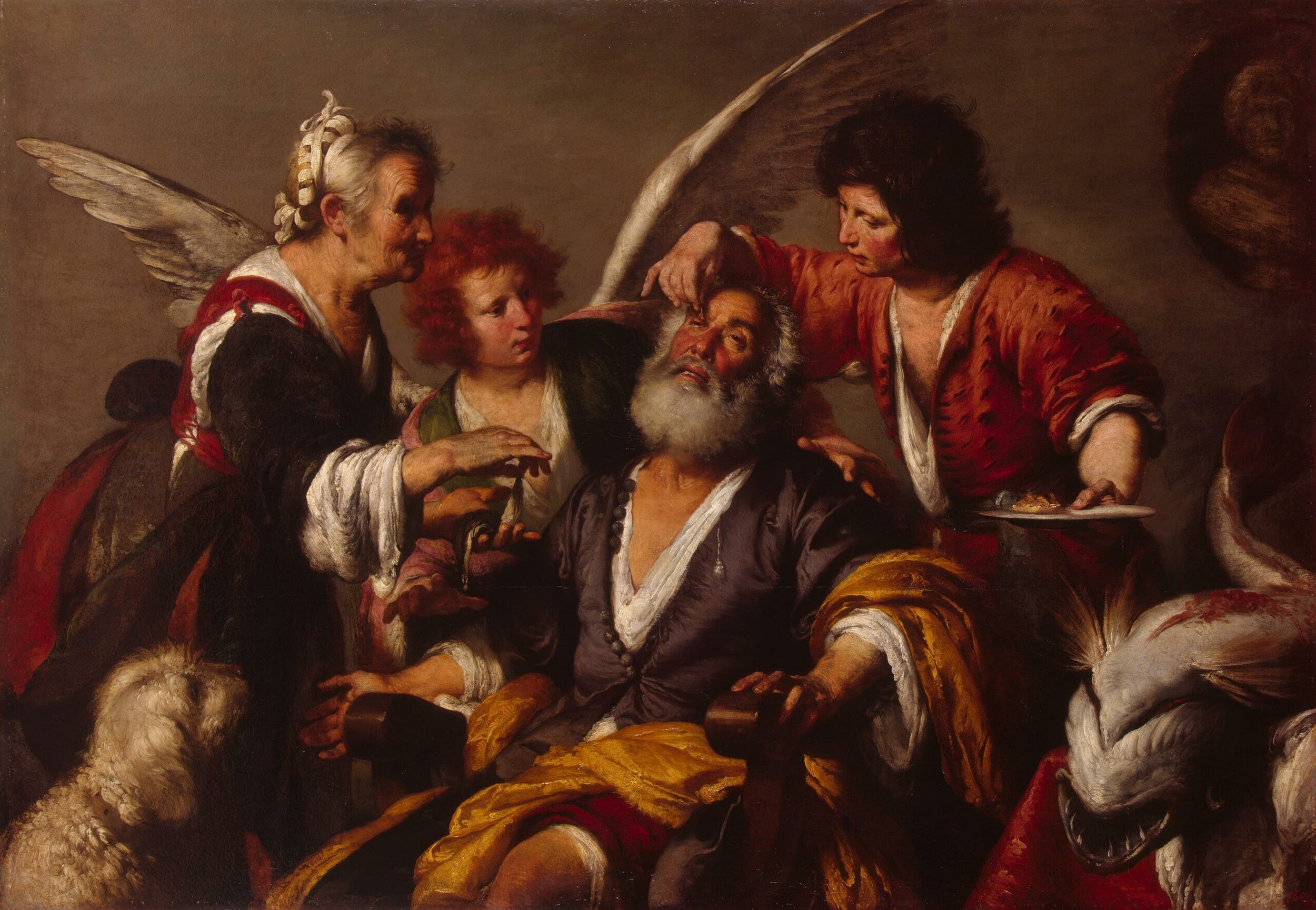Alternative Healing Magic

It’s easy to never ask WHY healing magic works, because it’s magic and it doesn’t have to make sense. Still, when you stop to wonder about the mechanisms behind magic, the possibilities for its use become greater. Here are four alternative ways to think about healing magic which might change how it's used in a game.
It’s easy to take healing magic for granted. When something just seems to work, it’s easy to never ask WHY it works. Magic is arguably the biggest cop-out we use in gaming, because we take it on faith that, because it’s magic, it doesn’t have to make sense. While there’s nothing inherently wrong with this way of looking at things, it’s unquestionably lazy, and I’ve always found that when you stop to wonder about the mechanisms behind magic, the possibilities for its use become greater, not lesser. A fireball creates an expanding ball of flame without an accompanying pressure wave or any other physical force; does the spell therefore somehow agitate air molecules, or in some way directly modulate the conversion of energy into heat? The answer to that question opens up avenues for new and unusual spells and side-effects thereof.
Here’s a selection of a mere four ways to think about healing magic. Each one could have profound impacts on how healing is used in a game setting, what sort of patron deities may be associated with it, and what dangers can come of its misuse.
The first and most obvious – and simplest – interpretation is that “it just works because it’s magic.” Simplicity isn’t inherently a bad thing, and in the majority of games this is how healing will be used. Healing magic is some sort of inherent force that knows, not merely what state the body should naturally be in, but also takes into account what the person wants their body to be in, and therefore doesn’t accidentally close a person’s piercings, erase their tattoos, regrow unwanted organs and so forth. By all rights, healing magic is possibly the most game-breaking of all magic in medieval fantasy, incorporating as it does elements of regeneration, polymorphing, and divination all at once.
Healing magic doesn’t have to be the multi-sphere uber-magic that it sounds like, however, because many other forms of magic could potentially be responsible for its effects. In much the same way that a scalpel cut is really just a sword stab wound delivered with great precision, a lot of the big, impressive forms of magic could replicate healing if used on a small enough scale.
Healing magic could be a manifestation of the magic of life and death. This obviously isn’t much of a stretch, since healing magic is generally considered the magic of life and, in many game systems necromancy does have healing applications. The magic of life can restore tissues, regrow limbs, restore lost vigour and perform most of your run-of-the-mill healing. On the other hand, what about infections? Why should the power of life untamed favour one human’s life over the lives of a billion bacteria? For that matter, should life magic be able to cure cancer, when cancer is, from a certain point of view, unregulated growth? In this framework, death magic plays a central role, because for one organism to live, another organism, or parts of an organism, must die. Healers are therefore spellcasters who wield both powers in careful balance, and in combat, simply use call forth more death than life – or else in gruesome fashion, call forth more life than death. The possibilities for misusing such magic are endless; let’s not forget that killing all the “good bacteria” in someone’s get can be even more dangerous than putting in “bad bacteria.”
A slight variation on this is to view healing as the balance between creation magic and destruction magic. Concepts like life and death are inherently loaded terms – we can’t help but think of life as “good” and death as “bad.” Calling them “creation” and “destruction” makes them a little more ambiguous and flexible. Creation magic can regrow cells and replace lost blood while destruction magic eliminates pathogens, breaks down poisons, and cleans dirt out of wounds. Either one in excess is equally deadly.
For a weirder approach to healing, consider it as a form of time magic. Chronomancy actually reconciles a number of the logical inconsistencies of healing magic. How does a healing spell know which wounds are from combat and which are ritualistically self-inflicted? Simple: rather than repairing all damage, it “rewinds” the body until the most recent wounds are fixed. How does disease-fighting magic fight all known infections without damaging the body’s normal bacteria? By returning the body to a previous good state of health, or perhaps, by accelerating the immune system so that it can overcome the disease. And, as goes without saying, the ability to rejuvenate or age the body and its tissues has unlimited potential for misuse in the hands of a creative malefactor.
While there’s definitely nothing wrong with doing things the easy way, the possibility that magic is richer and stranger than we routinely imagine can only make games more interesting.
More than four years ago, Dr. Eris Lis, M.D., began writing a series of brilliant and informative posts on RPGs through the eyes of a medical professional, and this is the one that appeared here on June 28, 2015. Lis is a physician, gamer, and author of the Skirmisher Publishing LLC OGL sourcebook Insults & Injuries, which is also available for the Pathfinder RPG system.

